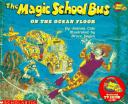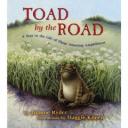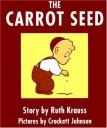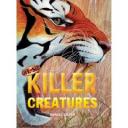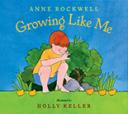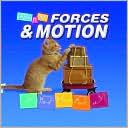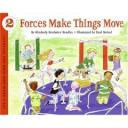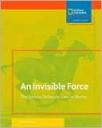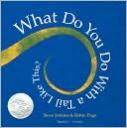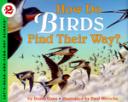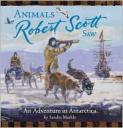
Animals Robert Scott Saw: An Adventure in Antarctica, written by Sandra Markle, is a book that goes into detail about the first exploration of the South Pole. Much of what was experienced in Antarctica was influenced by the animals the explorers were surrounded with.
Robert Scott was an explorer from Scotland who wanted to learn more about the South Pole. He found other researchers to travel with him on his expedition, got together a group of sled dogs, and traveled south. Throughout this book, different animals that Scott and his friends saw in the wildlife, as well as used to aid their travels, either as guides, food, or for warmth. It also discusses the dangers their research several animals affected.
“Why Hunt Whales and Seals? In the 1800s, whale oil for lamps was in great demand. Lightweight, bendable whalebone was used to make womens clothing, such as hoops skirts, which were fashionable at the time. Seals were hunted for their fur. Years of hunting and greatly decreased the numbers of whales and seals in much of the world, so hunters had to search for them in more remote places – even as far away as Antarctica.”
The book also provides children with tidbits of information about the animals the researchers saw in little additional bubbles next to the animal’s pictures.
“Daddy Duty. After mating, female Emporer penguins each lay one egg in May or early June, during the Antarctic winter. Having used up a lot of energy to produce the eff, the female then heads for the sea to fee. The male balances the egg on its feet and overs it with a fold of skin on its belly. That way, the egg is kept warm for three to four months while the chick inside develops.”
An added bonus to this book, apart from its nice illustrations are the inclusion of real photographs from the expedition of some of the explorers, and even Robert Scott’s dog Scamp. This helps the story of the explorer seem more real to life, and also gives students a good idea of what kind of environment they were living in, as well as what the explorers has to do to adapt to their new environment.
Curriculum Connections:
This book can be read as an extension resource for the VA Science SOL 4.5d which discusses how plants and animals interact with each other and their environment to survive in their habitat. It also highlights 4.5f which discusses how humans can interfere with their environment and potentially cause damages. By highlighting the different animals the explorers saw, and the way the animals reacted to the humans in their environment, and the changes the sled dogs had to go through, children will be able to see that animals survive very differently depending on their surroundings and how humans treat them.
Additional Resources:
The Laboratory for Ecophysiological Cryobiology has a great page with lesson plans for students to either plan their own expedition to Antarctica, as well as lesson plan for an Antarctica Webquest.
The College of William and Mary website has a unit plan about Antarctica including science, math and reading lessons that could be used as an extension after students have read this book.
The National Geographic Website has a lesson idea for children to do a web search to research animals in Antarctica, and the use their drawings and research to hypothesis about and create a giant food web of Antarctic creatures.
General Information:
Book: Animals Robert Scott Saw
Author: Sandra Markle
Publisher: Chronicle Books LLC
Publication Date: March 2008
Pages: 48
Grade Range: 4-5 grade
ISBN-13: 9780811849180

